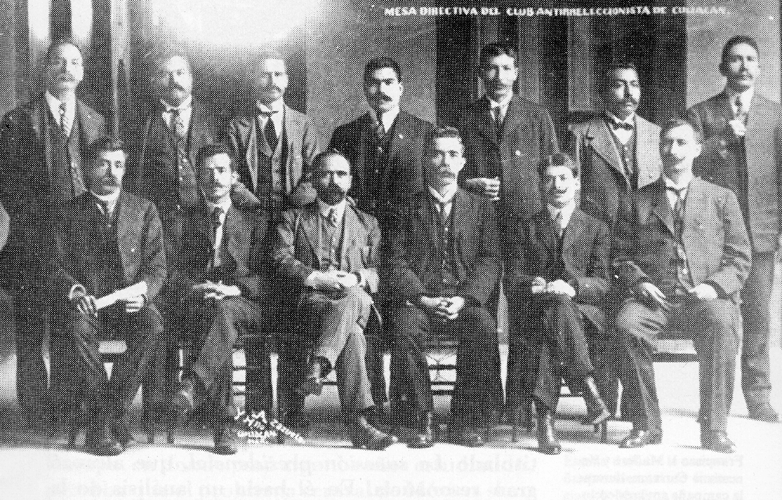The Campaign
Growing sympathetic towards the plight of Mexico's peons, and whishing to do something about this situation, Madero would enter the political arena. Initially supporting non-establishment candidates in local elections, Madero, like many others, had their hopes crushed as Diaz-loyal figures were continuously placed in positions of power. Wishing to see change brought about via political machinations, as well as sensing that Diaz, despite his statement in the Creelman interview, would run for office once again, Madero would write an anti-Diaz manuscript, La sucesión presidencia en 1910. Forming the base upon which the Anti-Re-electionist movement would form, Madero would travel throughout Mexico, presenting himself as a liberal alternative to the incumbent dictator. Diaz, recognizing the growing political power that the Anti-Re-electionist movement had achieved, had Madero imprisoned. When election day came on June 21, 1910, news that Diaz had once again won the national election rang out throughout Mexico. Feeling that he now posed little threat to his power, Diaz would release Madero from his incarceration, though confining him to the town of San Luis Potosi.

Anti-Re-electionist Party leaders,
c.1910
Sources: Meyer, Michael and William Sherman. The Course of Mexican History. Oxford, UK: Oxford University Press, 1979.